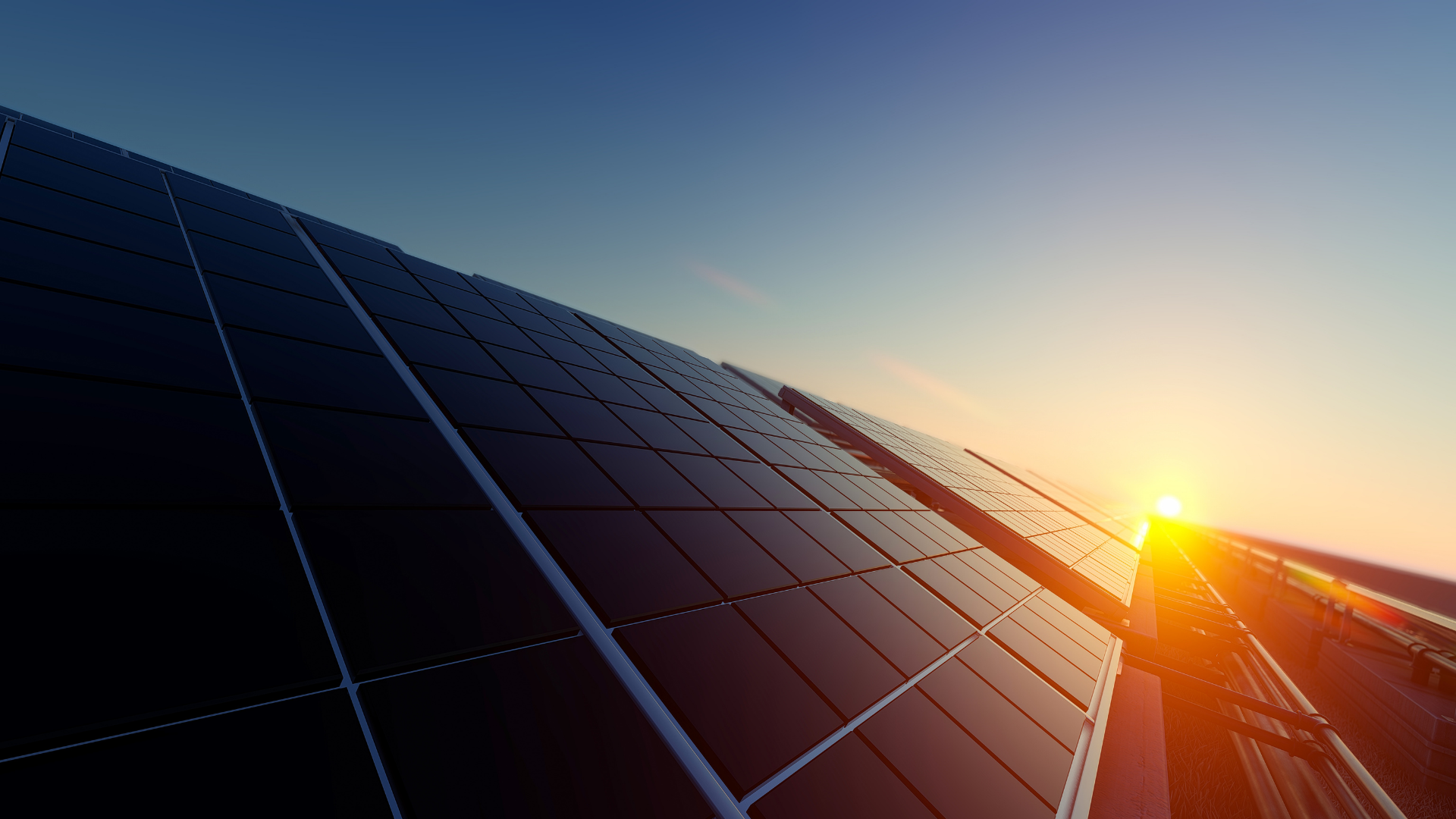- 07.10.2018
The Majority of People in Sub-Saharan Africa Still Live without Electricity:
World Bank Should Finance Significantly More Distributed Renewable Energy
October 8, 2018
According to the World Bank, roughly 1 billion people globally still live without access to electricity. Most of these people live in rural communities and are desperately poor. Given that mostly poor rural communities need access to electricity and these same poor communities are the most vulnerable to climate change – universal access to energy and global climate goals are inextricably linked. Moreover, the energy sector is the largest contributor to greenhouse gas (GHG) emissions, making it paramount to poverty reduction and global climate change goals that the sector transitions out of fossil fuels and into renewable energy as quickly as possible.
In recognition of these facts, the United Nations’ Sustainable Development Goal 7 (SDG7) includes reaching universal energy access by 2030 and significantly increasing the share of renewable energy in the global energy mix. As part of its mission to end poverty, the World Bank has committed to help countries achieve the objectives of both the SDG7 and the Paris Climate Agreement, including limiting global average temperature rise to well below 2°C and helping member countries meet their Nationally Determined Contributions (NDC) to the Paris Agreement.
So far, progress on both fronts has been too slow and if it does not increase swiftly, we will not achieve either goal.[i] Despite increased energy access rates in recent years, progress has been considerably uneven, leaving the majority of people living in Sub-Saharan Africa still in the dark (only 43 percent have access).[ii] In addition, even if we meet current NDC targets, global warming is still likely to exceed 3?C to 4?C in the 21st century.[iii]
Recent assessments of the World Bank’s efforts to address the dual objectives by the Swedish Society for Nature Conservation (SSNC) and the Bank Information Center-Europe[iv] found that the Bank was not adequately prioritizing energy access or renewable energy, especially low-GHG energy solutions for rural communities. To begin, the World Bank does not have any consequential targets for energy access or distributive renewable energy, which addresses both rural access and climate change. The SSNC report argues that the lack of meaningful targets for rural electrification partially explains why in the last three years the rate of electrification did not improve for the poorest 40 percent of the population in countries with World Bank operations.[v]
In addition, the report found that some World Bank operations threaten countries’ NDC climate objectives. The SSNC report points to the cases of Kenya and Nigeria where the Bank has multiple operations that contradict the NDC targets of these countries. For example, $150 million to the world’s largest oil refinery (Dangote Refinery, Nigeria) and infrastructure investment incentives funneling to coal power generation (Lamu Coal Power Plant, Kenya).
The report concludes that in order to avoid climate disaster and provide energy to the rural poor, the World Bank must put forward meaningful targets for rural energy access and distributed renewable energy. At the UN’s next global climate change meeting, COP24 in December, the World Bank’s new Post-2020 commitments should include:
- Increase rural energy connections by 15 million households per year. The World Bank should match the African Development Bank’s (AfDB) pledge of 75 million new off-grid connections for rural households and small businesses by 2025.[vi] The AfDB’s pledge averages 15 million household connections per year.
- Pledge $3.8 billion annually to distributed renewable energy (DRE). Increasing global DRE capacity is important to meeting both rural electrification and NDC climate targets. The World Bank should provide $5.5 billion annually to energy access (or about 50% of its energy budget). The IEA estimates 69% of energy access funding should go for off-grid solutions.[vii] Thus, the World Bank should be spending about $3.8 billion a year on DRE.
- Help countries meet more ambitious conditional NDC climate goals and ensure all World Bank operations are consistent with conditional NDC climate goals. Most developing countries have unconditional NDC goals and more ambitious conditional targets that are conditional on receiving adequate international assistance. The World Bank should ensure adequate assistance to achieve the more ambitious conditional NDC climate goals.
For more details, please contact:
Sweden: Anna Ostergren at Swedish Society for Nature Conservation; anna.ostergren@naturskyddsforeningen.se or at +46761695489
The Netherlands: Nezir Sinani at Bank Information Center Europe: nezir@bic-europe.org or +31614820789
Endnotes
[i] The IEA reports that if current policies and population trends continue, as many as 674 million people will continue to live without electricity in 2030. IEA, 2017. Energy Access Outlook: from Poverty to Prosper, A World Energy Outlook-2017 special report. OECD/IEA, Paris http://www.iea.org/publications/freepublications/publication/WEO2017SpecialReport_EnergyAccessOutlook.pdf
[ii] World Bank Group, 2018. Tracking SDG7: The Energy Progress Report 2018. World Bank Group, International Energy Agency, IRENA, United Nations Statistics Division, and World Health Organization. https://trackingsdg7.esmap.org/data/files/download-documents/tracking_sdg7-the_energy_progress_report_full_report.pdf
[iii] Climate Action Tracker. 2015. Rating Countries. Available online at: http://climateactiontracker.org/countries.html
[iv] New report “Lighting the Way?”: https://bic-europe.org/wp-content/uploads/2018/10/WB_BALI-v11.pdf
[v] World Bank Group Corporate Scorecard, 2017.
[vi] AfDB, 2017. New Deal on Energy for Africa: A transformative partnership to light up and power Africa by 2025. African Development Bank. April, 2017. https://www.afdb.org/fileadmin/uploads/afdb/Documents/Generic-Documents/Brochure_New_Deal_2_red.pdf
[vii] IEA, 2017. Energy Access Outlook: from Poverty to Prosper, A World Energy Outlook-2017 special report. OECD/IEA, Paris http://www.iea.org/publications/freepublications/publication/WEO2017SpecialReport_EnergyAccessOutlook.pdf

